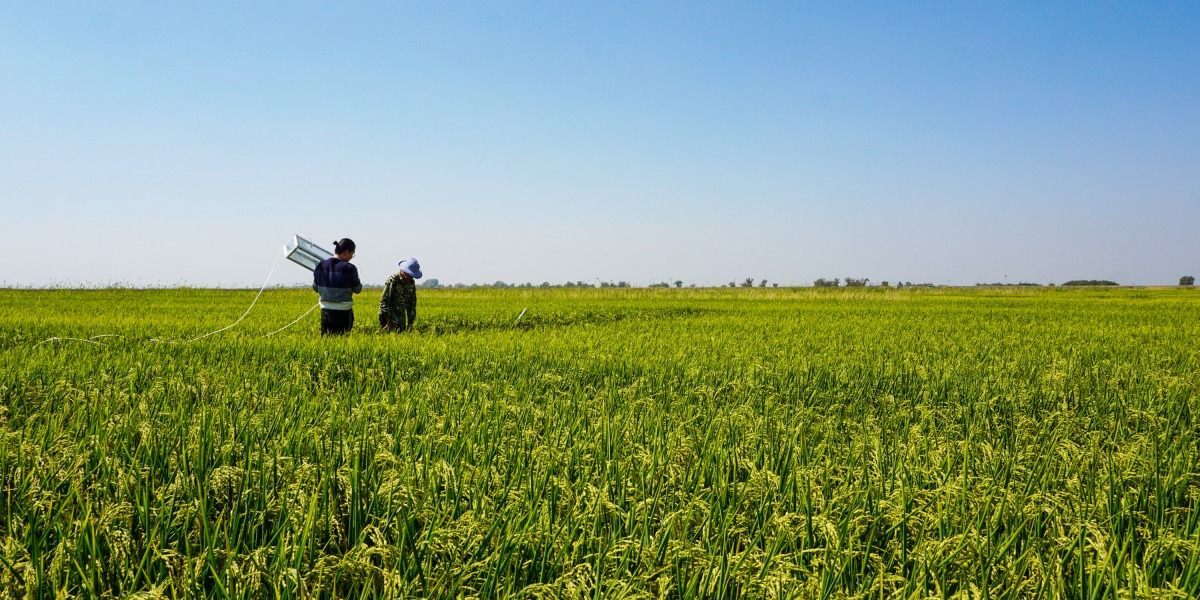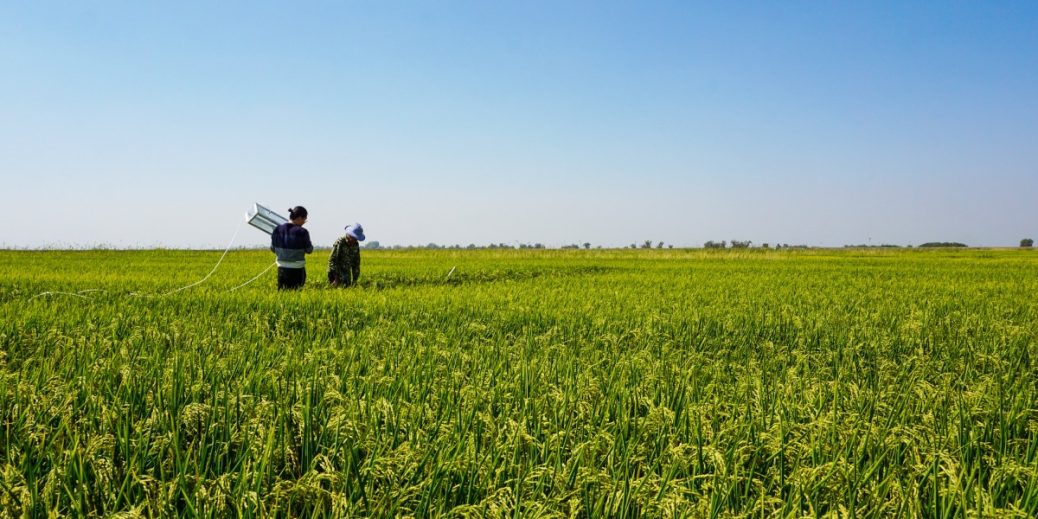
Larger, deeper root systems can help store more carbon in the soil, because if a plant dies and parts of it are deep underground, the carbon in those pieces is less likely to make its way back into the air quickly. Roots aren’t the only possible storage option, Ringeisen says. Modified plants could also be used to make bio-oil or biochar, which can be pumped deep underground for storage.
Optimizing plants for carbon removal will be challenging, says Daniel Voytas, a genetic engineer at the University of Minnesota and a member of IGI’s scientific advisory board.
Many of the traits that researchers want to alter in plants are influenced by multiple genes, which can make precise editing difficult, he says. And while some plants, like tobacco and rice, have been so extensively studied that researchers broadly understand how to tweak them, the genetics of others are less well understood.
Most of the IGI’s initial research on photosynthesis and root systems will focus on rice, Ringeisen says. At the same time, the institute will also work on developing better gene-editing techniques for sorghum, a staple crop that has been particularly tough for researchers to crack. The team hopes to eventually understand and potentially alter soil microbes as well.
“This is not easy, but we’re embracing the complexity,” Ringeisen says. Ultimately, he hopes that when it comes to climate change, “plants and microbes and agriculture can actually be part of the solution, rather than part of the problem.”






Recent Comments